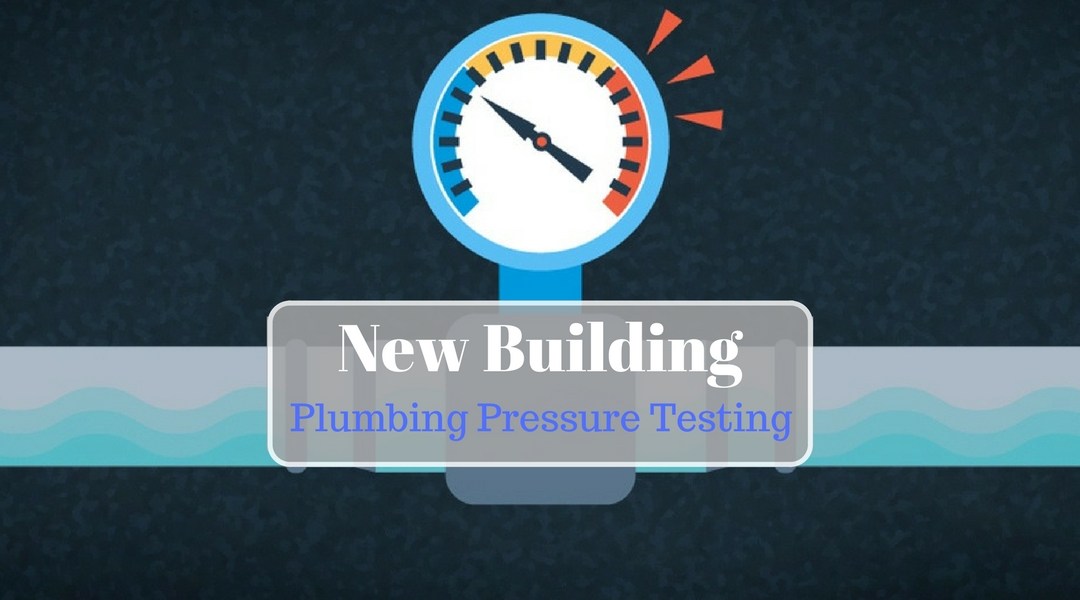Pressure Testing Plumbing Lines – Can Your New Plumbing Lines Pass The Pressure Test?
With all areas of construction, whether residential, commercial or industrial, many tests and checks have to be carried out to ensure that the completed buildings are safe for use. This can range from gas supply leak checks and the testing of electricity supplies, to the certification of properly fitted doors and windows. However, one important element that has to be thoroughly checked is the pipework and water systems. Water is a destructive natural force and damage from any water escape can cost thousands of pounds. Therefore, pressure testing plumbing lines can be an efficient preemptive solution.
Installing a new water system into a property is not just about providing running water from a tap and the ability to flush a toilet; there are various aspects to consider including:
- Minimising the sound of water flow, either when running through pipes or from the tank.
- The material of the fitted pipes should be appropriate for the temperatures of the flowing water and local standards.
- Pipework needs to be compatible with and properly connected to heating or cooling systems.
- Line pressure of the water flow in and out of the system is correct, thereby avoiding contamination, backflow, leaks and burst pipes.
A water system is a continuous cycle and the pressure applied is what forces the water around that system. The flow of the water has to be varied for different uses; you would not want the water from a kitchen tap to gush at the same rate as it would to flush a toilet. Too little pressure would result in a trickle from your tap, not ideal when filling a bathtub.
Therefore, the system has to be set up correctly with the appropriate rate of pressure being applied where necessary. You need to consider where the water is flowing to, for example if it is being sent up a twenty storey office block; a higher amount of pressure would be needed via a booster pump compared to sending it to the upstairs bathroom in a house.
One common danger is when the pressure that is applied is too much and the force of the water causes a burst pipe. Incorrect pressure can also cause trapped air pockets, increasing the pressure on the valves and seals. In most systems, water pumps and pressure valves are used to control the water flow but it is vital to test the property after installation, to ensure the level of pressure is correct and instigating a system of regular monitoring and maintenance to avoid water leaks.
Many websites attempt to advise on how to check the pressure of your water system – filling with water using gravity, taking measurements and making calculations – but do you really have the time and skill to do this and be confident that you pipe-line installations are correctly installed with zero leaks?
A cost effective way to have the entire pipe system checked (both supply and drainage lines), is ensuring pipe integrity via the use of higher pressure testing up to full design pressure instead of that of just gravity. Also checking that water flow is safe and correct through the use of water detection equipment. An NDT non-invasive, innovative, affordable technology-based service that can swiftly test all your pipework and provide you with a seal of approval that the property is safe and good to go prior to hand over!
For pressure testing plumbing lines of your building to ensure their integrity, consult LeakDTech’s professionals now!




